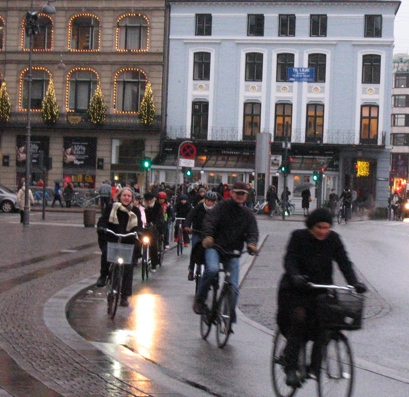Simulating Possibility
By
Elizabeth Sawin
December 22, 2008
Just back from COP-14, it is clearer to us than ever that simple, user-friendly climate change simulations like C-ROADS have the potential to help decision makers of all sorts visualize the long-term impacts of ‘business as usual.’ In meeting after meeting in Poznan we saw our simulator help people explore the likely impacts on temperature and sea level of the sorts of policies under discussion at global and national levels today.

Unfortunately, most of the policies that the people we worked with saw as ‘practical’ or ’ politically feasible’ were insufficient to reduce GHG emissions quickly enough to stabilize CO2 levels in a range that would protect future generations from the most dangerous consequences of climate change.
That sort of lesson is, of course, one useful function of simulations — to let us know when the current range of actions being contemplated are likely to be insufficient to meet our goals.
But to be truly useful simulations must go further than telling us we are off track. They must help us shift thinking, reframe conversations, and find ways to get back on track.
Several of the users we met in Poznan saw the potential for C-ROADS to function is this way. They pointed out that we could display, visually and interactively, not only where our global society seems to be heading with regard to climate change but also where we COULD BE heading. A simulator like C-ROADS, they said, could help people around the world visualize possibilities for effectively addressing climate change.
With the right data and examples, rigorously collected and documented, C-ROADS could allow users to visualize possibilities:
- What if by 2030 the entire US were as energy efficient as California? - What if in every city in the world the percentage of trips taken by bicycle where as high as in Amsterdam or Copenhagen? - What if forests were protected around the world at the same rate as the most successful small-scale examples of local conservation? - And so on.
We are starting now to collect the success stories from around the world of industries and communities that have found ways to deliver more of what people need for less carbon pollution. That’s where you come in. In the coming months we’ll give a try at including some of these possibilities into C-ROADS scenarios. To do that we need lots of good intelligence on the best, most practical, most beautiful, satisfying and effective climate solutions in the world today. If you have favorite examples (and especially examples where the impact on emissions has been quantified) send your suggestions our way.

